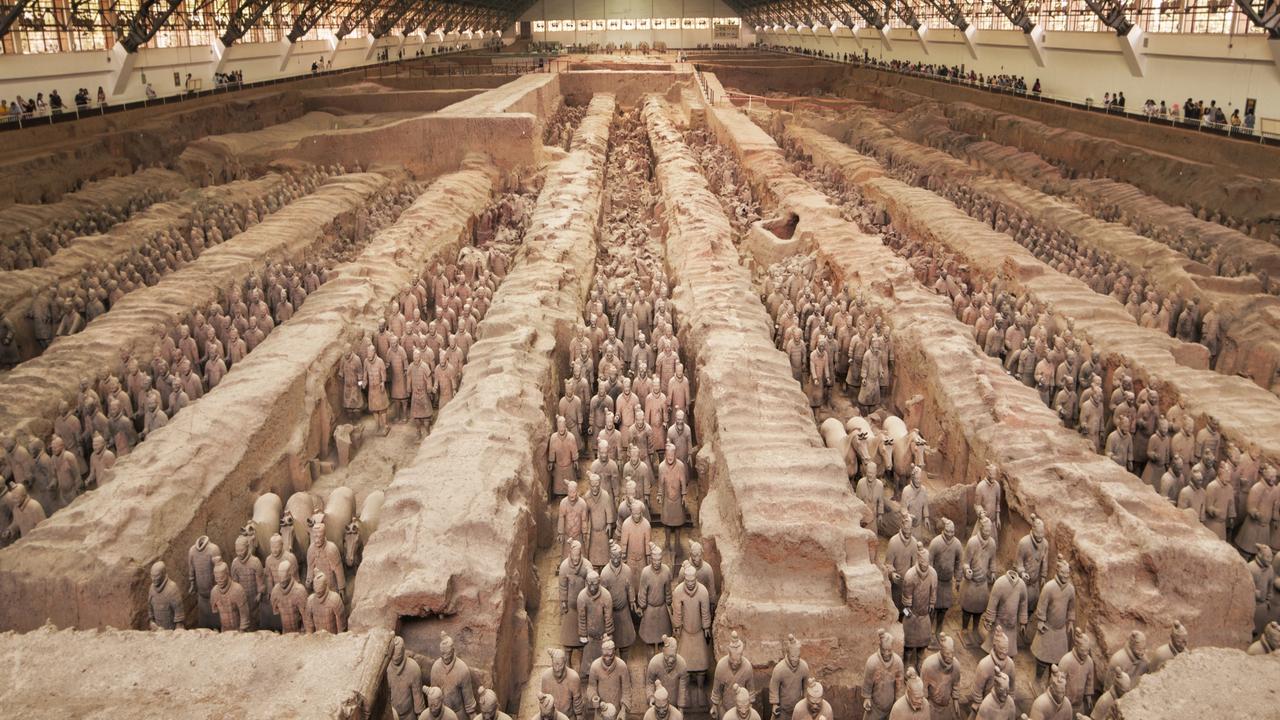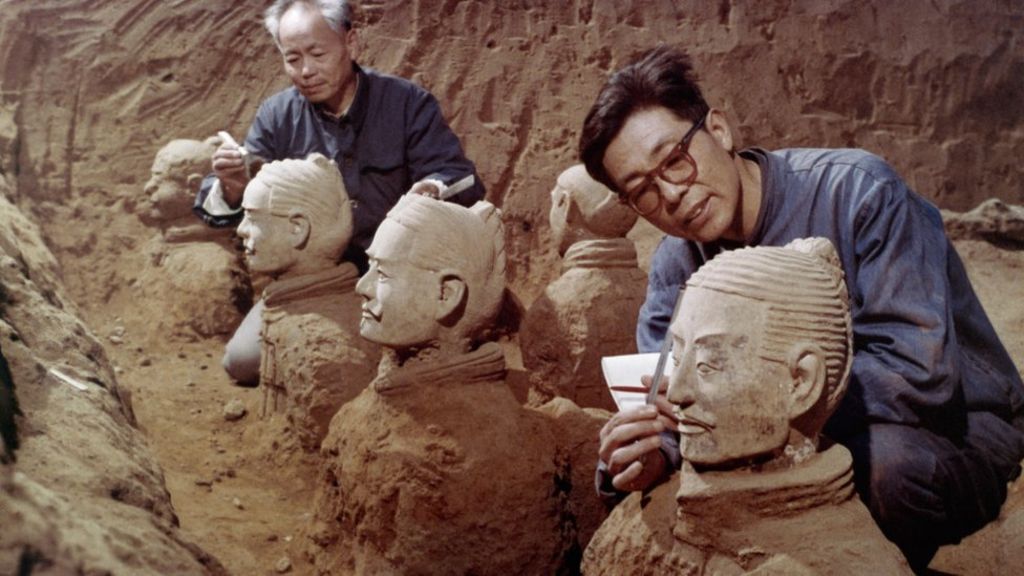Terracotta Warriors: An Army For The Afterlife
Certain archaeological and extraordinary findings continue to offer crucial insights into mankind’s history and evolution. Such extraordinary specimens are Emperor Qin’s terracotta army also known as Terracotta Warriors: An Army For The Afterlife. The year was 1974 when a group of Chinese farmers stumbled upon remains of a life-sized clay figurine buried beneath the ground. After this, the Chinese government appointed archaeologists who carried forward the digging in Xi’an, and gradually came up with the discovery of the largest troves of underground sculptures that the world has ever come across.
THE DISCOVERY OF THE TERRACOTTA ARMY
This Terracotta Army is currently a part of the world’s largest ancient imperial tomb complex, the Qin Shi Huang’s mausoleum.
There were 3 pits that contained various different sections of the army.
- First pit, the largest pit of all the three, covers 14,000 square meters of space, and contains the infantry and the chariots.
- Second pit, locates towards the north of Pit 1, contains the cavalry, and is about half its size.
- Third pit, so far the smallest, is the command post. It contains the honor guard consisting of armed fighters and charioteers.
So far, the archaeologists did not disturb the Emperor’s tomb, with no future intentions of doing so. With the discovery of these pits, the archaeologists have failed to spot the commander of the army. Hence, the commander could be the Emperor himself, who still lies buried in his tomb.

It took 40 years and 700,000 labourers to complete these sculptures. The craftsmen who painstakingly made the terracotta warriors and placed them into the pit were trapped inside the necropolis. Also along with their creations, they were left to die so that the exact location of the army could not be revealed. Hence, these pits remained a secret for 2000 years until their official discovery in 1974.
THE CRAFTSMANSHIP OF TERRACOTTA WARRIORS
Sheer, delicate and intricate craftsmanship is what these sculptures symbolize. No two sculptures look exactly alike.
After these figures were discovered, the site became a UNESCO World Heritage Site, in the year 1987. Besides this, there were around 7,000-8,000 sculptures throughout 22 square miles of the subterranean landscape. These figures depicted men in warriors’ attire, with each one clearly distinct and differentiable. Each one bore unique facial features standing disciplinarily in long rows, seemed ready for a battle. Not just this, this army consisted of 130 chariots and 670 horses as well.
According to legends and historical writings, this underground army was the ‘afterlife’ army of Emperor Qin. Generally, many of us in these times bogus the thought of the existence of something after death. However, these figurines were believed to come to life after death.

Initially, the army faced the East, towards the territories that the Emperor had taken. Moreover, the reason behind this being a mystery till date. According to the Emperor’s beliefs, the real threat could come from the foreign lands that he had conquered, instead of his own.
The world is a peculiar and unanticipated place. The history is like the untouched past that most of us have not witnessed. These discoveries are anticipated in an attempt of putting the puzzle pieces together, to rediscover our glorious past. Hence, there are a lot of aspects of the bigger picture, still untouched!
Wanna read more about history click here

